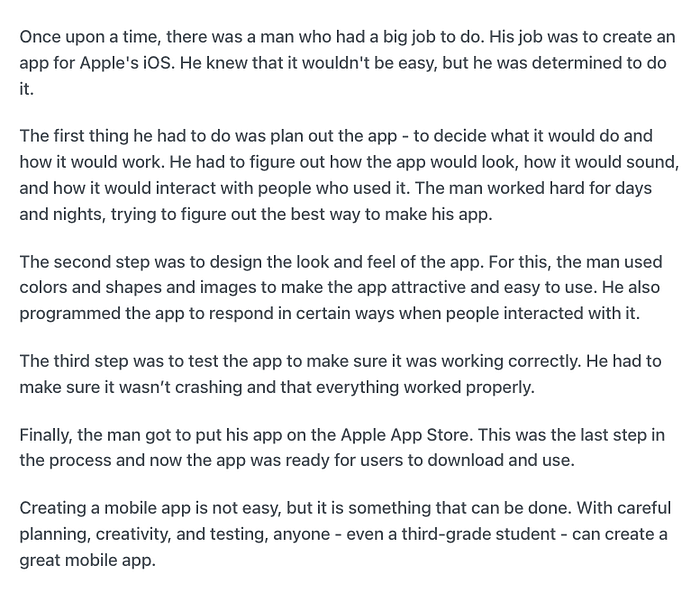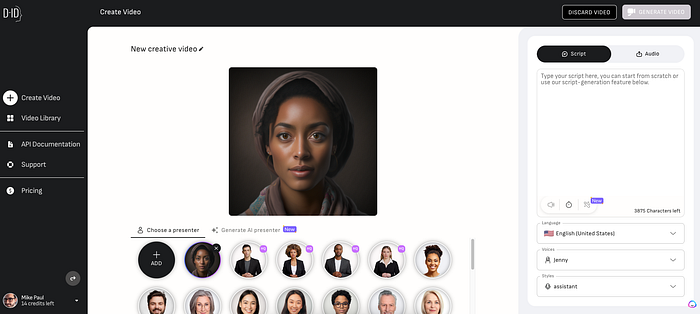
Artificial intelligence has rapidly evolved from a futuristic concept to an integral part of our daily lives. Large Language Models (LLMs) like ChatGPT, Bard, and Claude are revolutionizing how we interact with technology, but how do they work? If you want to understand the technology behind AI, deep learning, and LLMs, this post highlights essential books that provide the foundational knowledge you need.
Artificial Intelligence: A Guide for Thinking Humans – Melanie Mitchell
A fantastic starting point, this book provides an accessible introduction to AI’s fundamental concepts. Melanie Mitchell explains key ideas in machine learning, neural networks, and AI’s current limitations, offering a balanced perspective on what AI can and cannot do. Through clear explanations and engaging storytelling, Mitchell demystifies AI and presents real-world examples to illustrate how these technologies function.
What sets this book apart is its focus on making complex AI topics understandable for general readers. Whether you’re an AI enthusiast or just curious about how artificial intelligence impacts our world, this book is an excellent resource. Mitchell also delves into the history of AI. He explores why human-like intelligence remains a challenge for machines, making this a compelling read for anyone interested in the future of AI.
- Mitchell, Melanie (Author)
- English (Publication Language)
- 336 Pages – 11/17/2020 (Publication Date) – Picador Paper (Publisher)
The Alignment Problem: Machine Learning and Human Values – Brian Christian
This book tackles one of AI’s most pressing issues: how do we ensure machine learning models align with human values? Brian Christian explores the ethical and technical challenges in training AI systems, making this a must-read for anyone interested in AI safety and ethics. He takes readers through a journey of how AI learns, the biases it inherits, and the moral dilemmas that arise when machines make decisions on behalf of humans.
Christian does an excellent job of breaking down complex topics while maintaining an engaging narrative. By incorporating real-world case studies and interviews with AI researchers, he thoroughly examines how we might shape AI to be more ethical and beneficial for society. The book raises critical questions about responsibility, bias, and the future of AI regulation, making it a thought-provoking read.
- Amazon Kindle Edition
- Christian, Brian (Author)
- English (Publication Language)
- 496 Pages – 10/06/2020 (Publication Date) – W. W. Norton & Company (Publisher)
Genius Makers: The Mavericks Who Brought AI to Google, Facebook, and the World – Cade Metz
For those curious about the history and key players behind AI’s explosion, Genius Makers provides an engaging narrative about the pioneers of deep learning, including Geoffrey Hinton, Yann LeCun, and Demis Hassabis. It’s a fascinating look at the competitive race to develop AI, covering breakthroughs in neural networks and the intense competition between tech giants to dominate the AI space.
Metz tells the story through the lens of individual researchers and innovators who made AI what it is today. He captures the excitement, the scientific rivalries, and the ethical dilemmas involved in AI’s development. The book offers an insider’s view of how AI became one of the most sought-after technologies and what that means for the future.
- Amazon Kindle Edition
- Metz, Cade (Author)
- English (Publication Language)
- 382 Pages – 03/16/2021 (Publication Date) – Dutton (Publisher)
Rebooting AI: Building Artificial Intelligence We Can Trust – Gary Marcus & Ernest Davis
Rebooting AI critically examines AI’s limitations and argues that current machine-learning approaches fall short of true intelligence. The authors propose alternative strategies for developing AI systems that are more reliable, transparent, and capable of real-world reasoning. They highlight the pitfalls of deep learning and emphasize the need for hybrid models that integrate traditional AI techniques with modern advancements.
What makes this book particularly valuable is its practical approach to AI criticism. Instead of merely pointing out flaws, Marcus and Davis suggest ways to improve AI to work more effectively in real-world applications. Their insights are crucial for developers, researchers, and anyone interested in AI’s long-term impact on society.
- Marcus, Gary (Author)
- English (Publication Language)
- 288 Pages – 08/25/2020 (Publication Date) – Vintage (Publisher)
AI 2041: Ten Visions for Our Future – Kai-Fu Lee & Chen Qiufan
Blending fiction with expert analysis, this book envisions how AI will shape various aspects of society by 2041. Kai-Fu Lee, a leading AI researcher, and Chen Qiufan, a science fiction writer, craft ten compelling narratives illustrating AI’s potential future. Each story is followed by an analysis explaining the technological principles behind it, bridging the gap between imagination and reality.
This unique format makes AI 2041 both an entertaining and educational read. The authors explore AI-driven healthcare, automation, and geopolitical challenges, providing a well-rounded view of AI’s possibilities. Whether you enjoy science fiction or want to glimpse what AI could mean for our world, this book offers a fascinating perspective.
- Lee, Kai-Fu (Author)
- English (Publication Language)
- 496 Pages – 03/05/2024 (Publication Date) – Crown Currency (Publisher)
Deep Learning – Ian Goodfellow, Yoshua Bengio, & Aaron Courville
This textbook is considered the bible of deep learning for readers who want a deep technical dive. It covers neural networks’ mathematical and theoretical underpinnings and is widely used in AI research and academia. This book provides an extensive foundation in deep learning algorithms, optimization techniques, and model architectures, making it an essential reference for those who want to understand AI at an advanced level
While this book is more technical, it remains one of the most comprehensive resources available for deep learning. It’s ideal for students, engineers, and researchers who want to master the principles that drive AI today. This book is a must-have if you’re serious about AI and ready to tackle the mathematical aspects.
- Language Published: English
- Binding: hardcover
- It ensures you get the best usage for a longer period
- Hardcover Book
- Goodfellow, Ian (Author)
Why These Books Matter
Understanding AI isn’t just for computer scientists—it’s essential for anyone interested in technology’s impact on society. These books provide a comprehensive view of how AI models are built, how they learn, and what challenges they present. Whether you’re a beginner or someone with technical expertise, these reads will deepen your knowledge of AI and LLMs.
What are your thoughts on these books? Have you read any of them, or do you have other recommendations? Let’s discuss in the comments!




















